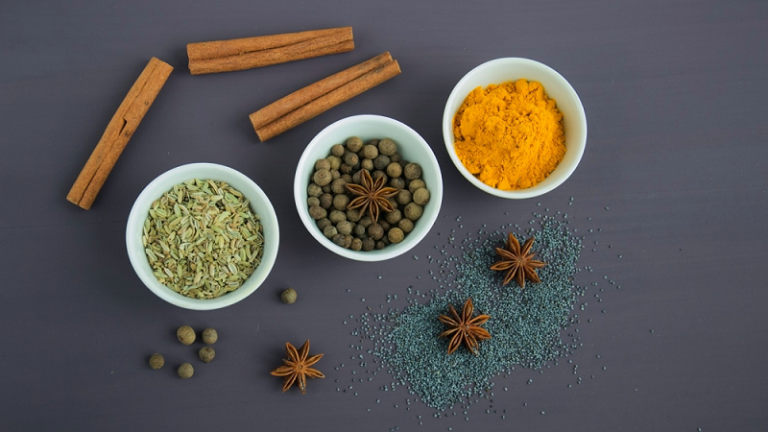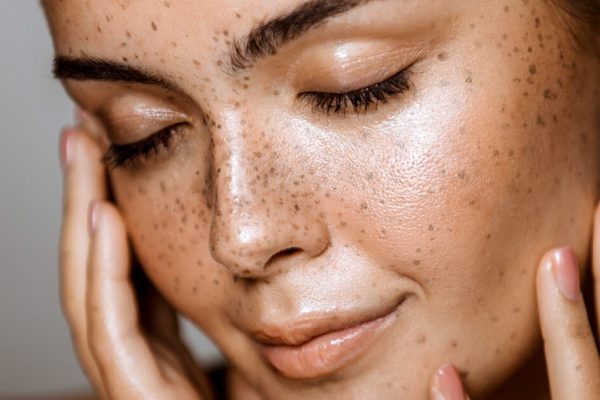Today we want to discover what panthenol is and why we are totally in love with this provitamin that is so suitable for dry, dehydrated, sensitive skin, with a compromised barrier function and/or that needs repair, calm and protection. But before that understand what a vitamin is.
What are vitamins?
Surely you already know what a vitamin is, but we remind you: vitamins are a diverse group of molecules that, in general, our body is not capable of synthesising (“manufacturing”) by itself; but, at the same time, they are essential in small doses for proper physiological functioning.
Therefore, the most common source of these necessary vitamins for our body is a balanced intake of foods that contain them; that is, we must provide them from abroad. Vitamins, therefore, are molecules found in nature.
Panthenol or provitamin B5
There are 13 essential vitamins for the human being, among which are those that belong to group B and, more specifically, vitamin B5. Vitamin B5 plays a central role in metabolism and the proper functioning of the skin.
Its name derives from the Greek word pantos, which means “from everywhere”: this illustrates the fact that vitamin B5 is found in practically almost all foods, both from the animal and vegetable kingdoms, in a small amount.
How does panthenol or provitamin B5 work?
Why are we telling you all this? Well, precisely because panthenol, also called provitamin B5, dexpanthenol or D-panthenol, is a precursor of vitamin B5, pantothenic acid or D-pantothenic acid. In other words, this means that panthenol is a molecule that, after a chemical reaction, is transformed into vitamin B5.
When we apply panthenol to the skin (topically), due to its low molecular weight, it can penetrate the epidermis and rapidly metabolise, turning it into vitamin B5.
The digestive system cannot selectively direct ingredients to certain places in the body; that is, it cannot “decide” that more vitamin B5 reaches the skin than other organs, so we can apply it topically directly to the place where we want it to reach.
On the other hand, skin benefits derived from the topical application of panthenol have been observed. It happens in the same way with other vitamins of interest in cosmetics, such as vitamin B3 (niacinamide) or vitamin C (ascorbic acid and derivatives).
Properties of panthenol
- Soothing: Relieves sensations of itching, irritation and redness.
- Repairer Promotes skin regeneration processes (cell proliferation), helping to repair the skin’s natural barrier function and, therefore, reducing water loss. Reducing water loss helps to soften the skin and keep it elastic, and protect it.
- Humectant: It is capable of attracting water and retaining it in the skin. A study in which various creams containing 1.0% to 5.0% panthenol were applied to the skin showed that panthenol increases skin hydration and resilience after cleansing (ie, the skin’s ability to recover faster).
In which cases should you look for your products to contain panthenol?
It will be an ingredient of interest in your cosmetics if you have dry, dehydrated, sensitive, altered facial skin… but also if you simply need protection and calm at this time (it is possible that your skin is “bothered” due to the use of masks).
Do not forget other areas of the body! Panthenol will also be a very beneficial ingredient to take care of dry lips and hands. Panthenol shows its properties even in low doses, and in cosmetics, it is usually used from approximately 0.1% to 5.0%; that is to say, it is one of those ingredients of which a very high % is not needed since at a low % it is already effective. It is a well-known and loved ingredient in the cosmetic industry, with a long history!
Due to these properties, panthenol is incorporated in higher percentages, around 5.0% or more, in health products and medicines, such as some specific healing and protective ointments to treat injuries such as small wounds, irritations, burns, itching, skin atopic dermatitis, diaper dermatitis… And yes, also to help heal tattoos! Despite not being in the field of cosmetics, these applications are useful to understand the scope of the properties of panthenol.



